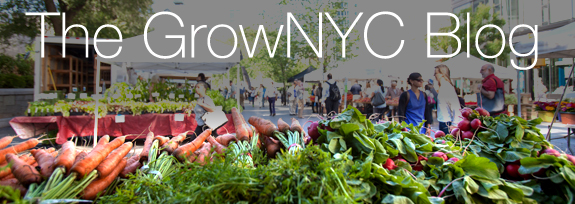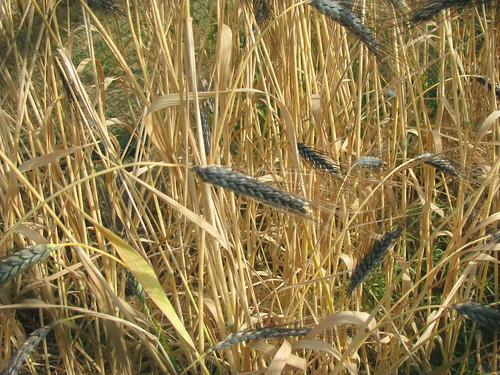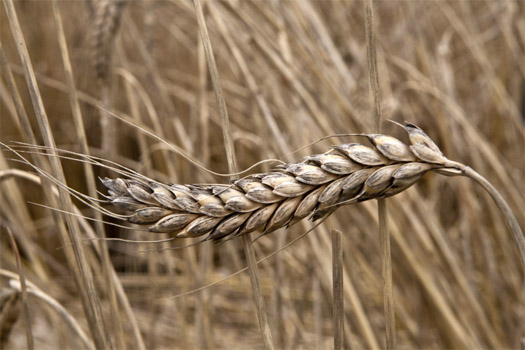
Looking for a New Year's resolution you can stick with? One that makes you feel good, look good, and doesn't require a monthly membership fee? Look no further, here are 11 simple ways to make 2013 a happy and healthy year.
1) PASS ON PLASTIC. We know you have tons of reusable bags in your apartment; carry a few with you while shopping at Greenmarkets and give up plastic bags for good.
2) FALL IN LOVE WITH RUTABAGA. Boil them, steam them, roast them, or put in tarts, soups, or salads - turnips, beets, rutabagas and the rest of the root vegetable family are versatile and delicious.
3) DROP OFF YOUR FOOD SCRAPS. Start small – keep a bag of all of your carrot tops and coffee grounds in your freezer and drop it off at a market once a week. Your trash will start to have no odor - honest! Plus, think of all that rich compost being made instead of helping our landfills grow. Locations and times.
4) CLEAN OUT YOUR CLOSETS. Do your spring cleaning early and drop off all of your old textiles at one of 16 markets that collect year round. Locations and times.
5) JOIN A DINNER CLUB OR RECIPE EXCHANGE (or start your own!). Baby, it's cold outside. Warm up with friends and share dishes and recipes.
6) BECOME A WINTER WARRIOR. Stay devoted to Greenmarkets. The farmers that are there want to see you and most year round Greenmarkets (there are 22 of them!) have a frequent shopper program beginning in January where you can check in each week and get a fun market-y prize at the end of winter.
7) TRY A NEW INGREDIENT EVERY WEEK. Fresh horseradish, kohlrabi, celery root, creamed honey, purple potatoes - even in the winter, chances are pretty good that there are some ingredients at Greenmarkets that you've never tried. Take a closer peek and see what's there.
8) EAT AT A LOCAL RESTAURANT. For those nights you just don't feel like cooking (never, right?), there are many restaurants around NYC that purchase from Greenmarket and GrowNYC Wholesale all year long.
9) VISIT A MARKET YOU'VE NEVER BEEN TO BEFORE. Explore New York City's greatest asset - its communities! With 22 Greenmarkets open year round, you have many opportunities to visit markets in Inwood, Jackson Heights, Cortelyou/Ditmas Park, and many more neighborhoods. Greenmarket map and schedule.
10) BECOME A GREENMARKET VOLUNTEER. Greenmarket hosts volunteer orientations and provides opportunities (indoor and outdoor) year round.
11) CREATE A MEAL USING LOCAL GRAINS. Can you think of anything better than homemade bread made with local grains slathered in some fresh farm butter? We can't either.









